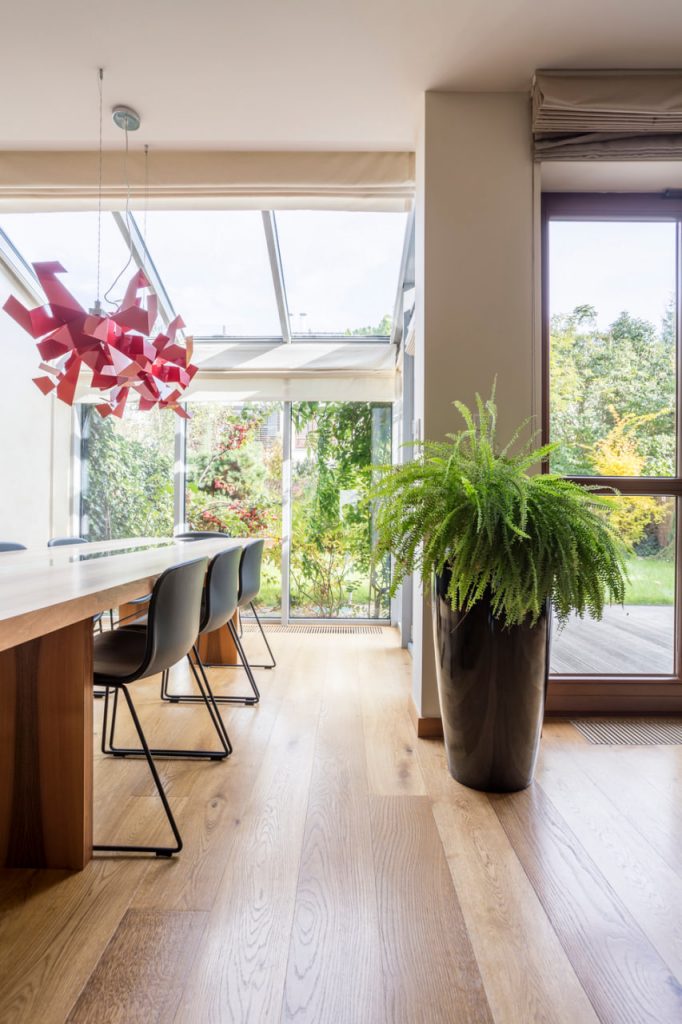In today’s fast-paced and often overwhelming world, the desire for calm and balance within our living environments has never been greater. Biophilic design—a design philosophy that seeks to connect people with nature through their built environments—offers a powerful solution by harnessing the psychological benefits of natural elements. Understanding the psychology behind biophilic design reveals why incorporating nature into our homes and workplaces not only beautifies spaces but also profoundly supports mental health, reduces stress, and fosters emotional wellbeing.
At its core, biophilic design responds to an innate human need to connect with the natural world, a concept known as biophilia. This deep-rooted affinity for nature is thought to be evolutionary, as humans have spent most of their history in close relationship with natural environments. Modern urbanization has distanced many from these natural settings, leading to what some researchers call “nature deficit disorder,” a phenomenon linked to increased stress, anxiety, and cognitive fatigue. Biophilic design addresses this gap by bringing elements of the outdoors inside, allowing individuals to experience the restorative effects of nature without leaving their homes.
One of the key psychological benefits of biophilic design is its ability to reduce stress. Exposure to natural elements such as plants, water features, natural light, and organic shapes has been shown to lower levels of cortisol—the body’s primary stress hormone. Spaces designed with biophilic principles encourage relaxation and create a sense of refuge, providing a mental break from daily pressures. For instance, the presence of greenery has a calming effect on the nervous system, helping to regulate heart rate and blood pressure. Even images or patterns inspired by nature can evoke these calming responses, demonstrating the powerful influence of natural cues on our psychology.
Natural light is another vital component in creating calm through biophilic design. Sunlight not only regulates our circadian rhythms but also impacts mood and cognitive function. Well-lit spaces that allow for ample daylight contribute to increased alertness during the day and promote better sleep at night, which is essential for emotional regulation. The psychological impact of light extends beyond illumination; the dynamic qualities of sunlight—its shifting intensity and warmth—offer sensory richness that keeps environments engaging and connected to the natural world.
Spatial design also plays an important role in how biophilic environments influence wellbeing. Spaces that incorporate organic, flowing shapes rather than rigid, artificial lines tend to be more inviting and comforting. Natural materials such as wood, stone, and woven fibers bring textural variety and warmth, creating environments that feel more grounded and authentic. These tactile elements stimulate the senses in subtle ways, promoting mindfulness and presence, which are key to emotional calm.
The use of natural colors, drawn from earth tones and vegetation, further supports psychological tranquility. Shades of green, brown, blue, and beige evoke a connection to landscapes and water, which have long been associated with safety and renewal. These colors help soften interiors and create visual harmony, reducing cognitive load and preventing overstimulation.
Importantly, biophilic design also fosters a sense of control and autonomy—critical factors for psychological wellbeing. When individuals can interact with natural elements, such as tending to indoor plants or adjusting window treatments to control sunlight, they experience empowerment and satisfaction. This interaction promotes engagement and a deeper connection to one’s environment, reducing feelings of helplessness or confinement often associated with urban living.
Research in environmental psychology also highlights that spaces infused with biophilic elements can enhance cognitive function and creativity. Nature’s complexity and unpredictability provide gentle stimulation that keeps the brain alert without causing fatigue. This balance between novelty and familiarity supports concentration and problem-solving abilities, making biophilic spaces ideal not only for relaxation but also for productivity.
The emotional benefits of biophilic design extend to social wellbeing as well. Shared spaces that incorporate natural elements encourage positive social interactions and a sense of community. Whether in homes, offices, or public buildings, nature-inspired design can create inviting environments that promote connection and reduce feelings of isolation.

